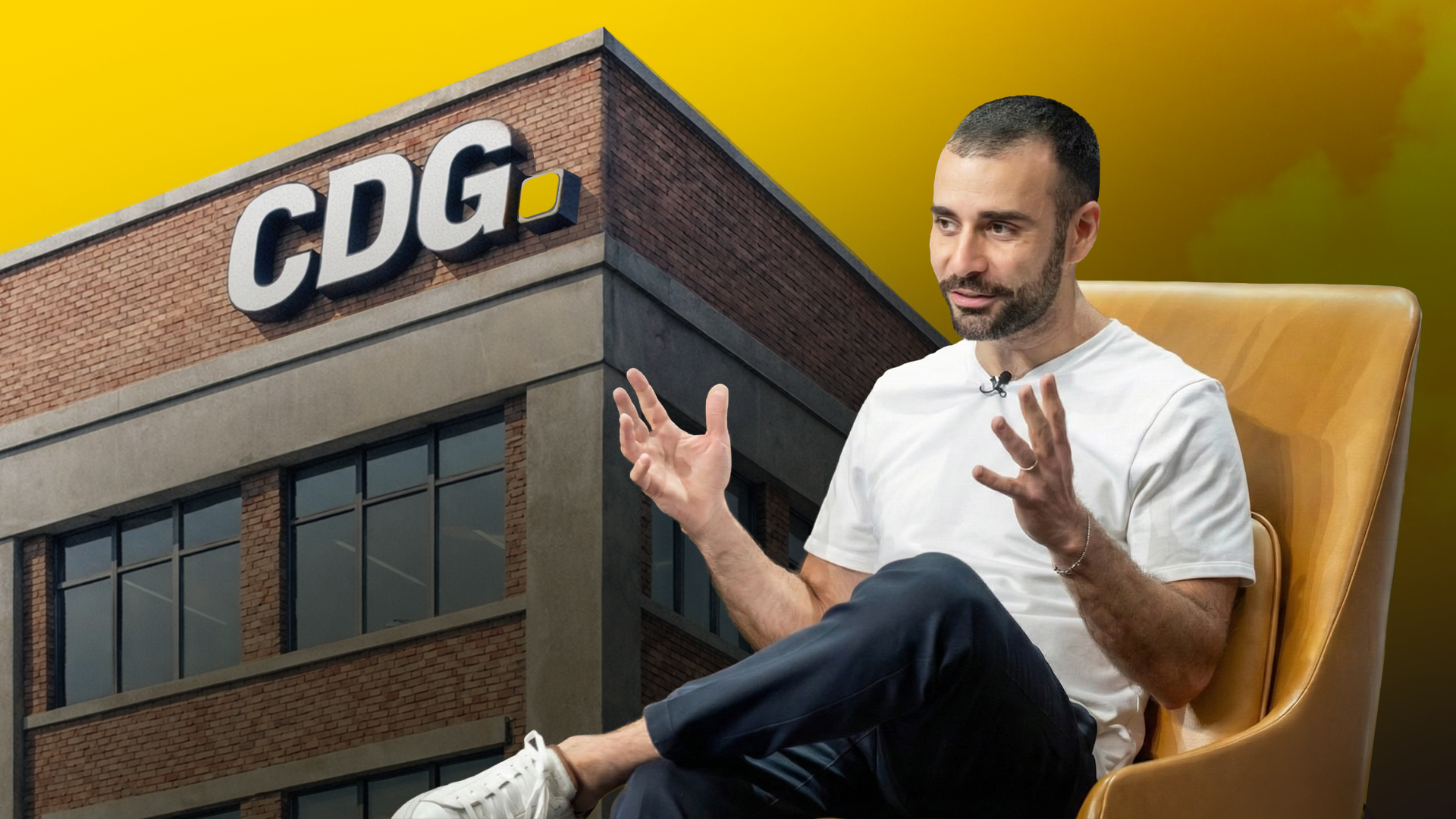
In August, wholesale used vehicle prices increased month-over-month from July by 1.2% when adjusted for seasonality.
By the numbers: The Manheim Used Vehicle Index, which tracks prices that car dealerships pay for used cars at auctions, was down 3.9% from August 2023, indicating that year-over-year depreciation continues to decelerate.
Prices in the Three-Year-Old Index rose by 0.8%, higher than what is considered normal for this time of year. The same four calendar weeks decreased on average by 1% between 2014 and 2019.
The average daily sales conversion rate was noticeably higher at 63.3%. Yet, over the past three years, the daily sales conversion rate averaged only 55.7% in August.
Manheim Market Report (MMR) Retention, which measures how closely average auction transaction prices align with market value, averaged 98.9%.
Key quote: “Sales conversion continued to rise and held at much higher levels than prior years for the month as more buyers came to markets to replenish supply for used retail inventory. We know lease maturities are on the decline, and used retail days’ supply has tightened over the last month. That will likely keep pressure on buyers at Manheim in the next several weeks,” said Jeremy Robb, senior director of Economic and Industry Insights at Cox Automotive.
By segment: Compact car prices rose by 0.2% compared to July, and midsize cars rose by 1.6%. SUVs increased by 1.1% and pickups by 0.3%, while the luxury segment rose more than double the industry average – increasing by 3.5%.
Yet, all major market segments saw seasonally adjusted prices that remained lower year over year.
What about retail used car prices? Typically, when wholesale prices rise, retail prices follow suit in anywhere from 4 to 8 weeks on average. But in this case, don’t expect retail used car prices to rise meaningfully anytime soon.
The reason? Today's new car market has more new inventory and growing incentives, which are keeping a lid on used car price increases. Sure, retail prices for used vehicles might rise as dealers adjust for higher wholesale costs, but any price growth is likely to be modest.
On top of that, with a constrained wholesale supply, especially for one-to-three-year-old units, prices can only go down so far. Retail used car prices will likely still be elevated against pre-pandemic levels for some time, creating a perfect storm for greater dealership margin compression.
Bottom line: To avoid subpar returns, dealers must carefully assess the investment risks and opportunities of each vehicle, ensuring accurate pricing and acquisition strategies in a market where traditional pricing relationships no longer hold steady.
Become an automotive insider in just 5 minutes.
Get the weekly email that delivers transparent insights into the car market.
Join 77,000 others now, it's free:
In today's automotive landscape, car buyers invest more time than ever in researching, considering, and comparing options. But for dealers, the challenge lies in pinpointing the audience ready to make a purchase.
Enter Premier by Edmunds.
Premier offers dealers a groundbreaking way to connect with in-market car shoppers precisely when, where, and how they prefer. With over 20 million monthly visits, Edmunds.com is the go-to destination for buyers seeking market insights, expert advice, and budget tools to make informed decisions.
Through Edmunds Premier, dealers gain access to this highly coveted audience. Simply list your new and used inventory on Edmunds, and watch as qualified, in-market traffic flows directly to your vehicle detail pages on your website.
Don't miss out on this opportunity to elevate your dealership's visibility and sales performance. You can sign up for Premier today at Edmunds.com/CDG.











